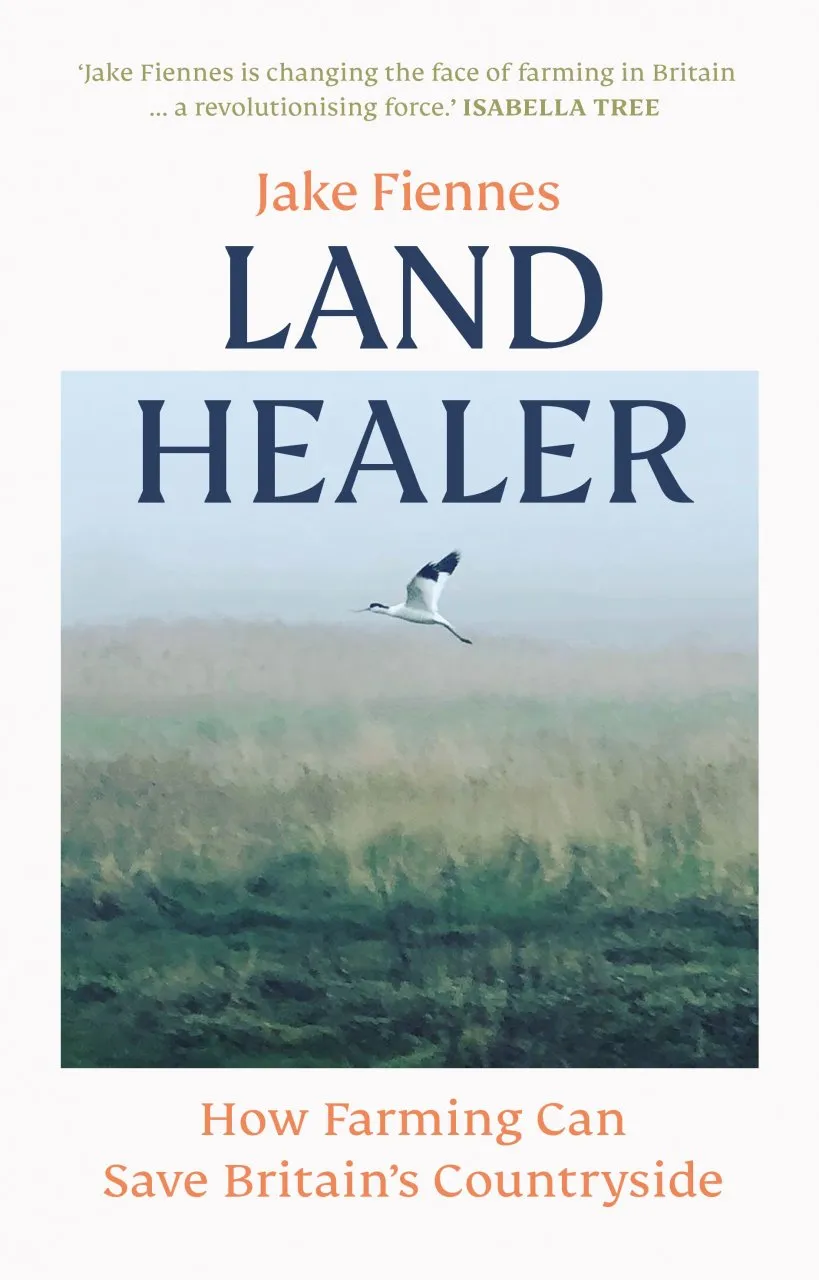The setting is Great Farm. A few wingbeats, a power glide, and a male Yellowhammer disappears into the hedge. Jake Fiennes is sitting in his 4×4 taking in the view. Great Farm sits at the western edge of the 10,000ha Holkham Estate, which includes 3,700ha of England’s largest National Nature Reserve. The Estate has a proud record of conservation in action and, before that, of advances in agriculture. Fiennes arrived at Holkham in late 2018 as the estate’s head of conservation. It has given him the perfect stage on which to play out his enthusiasm for wildlife and his practical, pragmatic approach to conservation. In 18 months, an intensively managed 250-acre farm has been transformed so that nature can thrive.
How he has done this and what this means for biodiversity are detailed in a chapter called Brick O’Longs, the name of the eight-cornered demonstration field that forms a tenth of the farm. It is at the heart of the plan to restore nature to a typical farm: land is taken out of production or sown with cover crops or seed-rich plant mixtures while bees, butterflies and arable weeds are tracked through surveys. The results are impressive.
A man of action, Fiennes is also a man of ambition, and part of this is to convince farmers and landowners that they should follow his example. It is not so difficult, he is saying. Make small changes and you can achieve big wins for wildlife and you may even improve your bottom line. His book is written ‘for those with mud on their boots and calluses on their hands’.
Early on we learn about his difficult childhood (illness, frequent moves, dropping out of school), rebellious youth, a lucky break as general helper at Knepp Estate, a spell in Australia and then his career as a gamekeeper. After Knepp he moved to Raveningham Estate in Norfolk as a keeper, where he appreciated the impact of farm chemicals on wildlife and had the opportunity to bring conservation into estate management. A decade after he arrived, the estate won a prestigious conservation award.
The course of the narrative is winding and discursive. In a chapter aptly celebrating the transitional zones between different habitats where wildlife thrives, he delves into the origins of the poplar avenue known as Lady Anne’s Drive. Originally it was a Holm Oak avenue, grown from acorns found in the packing material that came with statues acquired by Thomas Coke, First Earl of Leicester, on his European Grand Tour in 1712. Fiennes’ obsession with ‘edge’ diverts into estate history, creating a kind of literary edge effect.
Having read a number of outstanding recent books about pastoral farming (English Pastoral, Wild Fell, Native: in order, powerful, passionate, poetic), I think that it was about time to be relocated to the arable acres of Norfolk and the realities of large-scale intensive farming. Fiennes is forthright, his arguments stocked with enough facts and figures to baffle all but the most diligent reader. Yet for me they convince because they resound with first-hand experience and learning through the soles of the feet; of rising at the crack of dawn, accompanied by birdsong, life quickening around him, as he thinks about the challenges of farming with nature and breathes in the long human history of the place, as well as its natural history.
Near the end of the book Fiennes looks out over the River Stiffkey floodplain, fired up by the idea of how simply this area could be transformed. ‘This is a land I know I can heal’, he writes. He believes that farmers need to be at the centre of the discussion about the changes that need to happen. It will also take lots of public money, as he makes clear; how much will be forthcoming in the future is looking increasingly uncertain.
Land Healer should add to his armoury as Fiennes seeks to influence landowners to make changes to the way they manage their land so as to benefit wildlife without significantly reducing food production. It should appeal to a wider readership interested in the English farmed landscape and its future. Birds are at the heart of the narrative, so readers can be expected among the flocks of birders who live in or visit Norfolk. Although he has been helped with the words by a professional journalist, this is a personal book with a fresh angle on large-scale farming, estate management and nature under a broad Norfolk sky.

